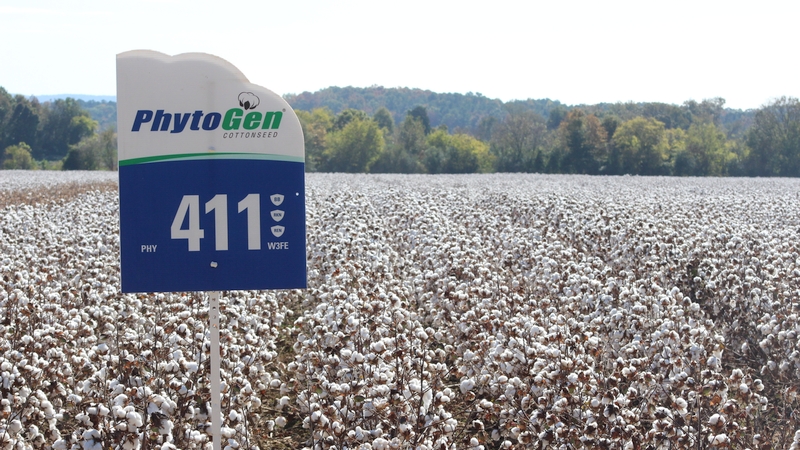Cotton Growers Face Global and Local Problems in 2020
Cotton growers in the U.S. face a number of headwinds in 2020 that go far outside – thousands of miles in fact – of the acres where their crop will grow this season, writes Tom Wood at AgriBusiness Global.
At the top of that list is the now cooling global trade war with China, the largest producer of cotton. The trade war with China in 2018 and 2019: caused a significant drop in cotton prices; increased pressures on cotton demand; and shifted market share in the cotton market away from the U.S. to countries like India, Australia, and Brazil.
Before the trade deal was made, Jody Campiche, vice president of economics and policy analysis for the National Cotton Council told Farm Journal’s AGPROP in December: “The current trade dispute with China and the resulting retaliatory tariffs on U.S. cotton and cotton yarn are increasingly harming the U.S. cotton industry and long-term market share in China. The immediate impact has been a decline in market share of China’s cotton imports from 45% for the 2016 and 2017 crops, down to 18% for the 2018 crop, while Brazil’s market share increased from 7% in 2017 to 23% in 2018. This lost market share has reduced overall export sales and shipments, further depressing U.S. cotton prices.”
Additionally, according to Textile Outlook International (Issue 200) – from the global business information company Textiles Intelligence – cotton prices will remain weak in the 2019-20 and 2020-21 seasons as cotton demand decreases and surpluses grow. The report said that the average price of cotton has fallen in the 2019-2020 growing season to $0.76/lb. – a drop of $0.11/lb. from the previous growing season.
Continue reading at AgriBusiness Global.









